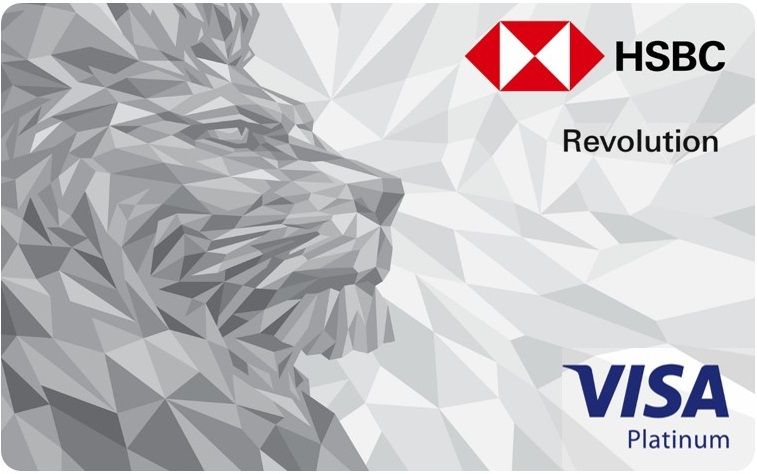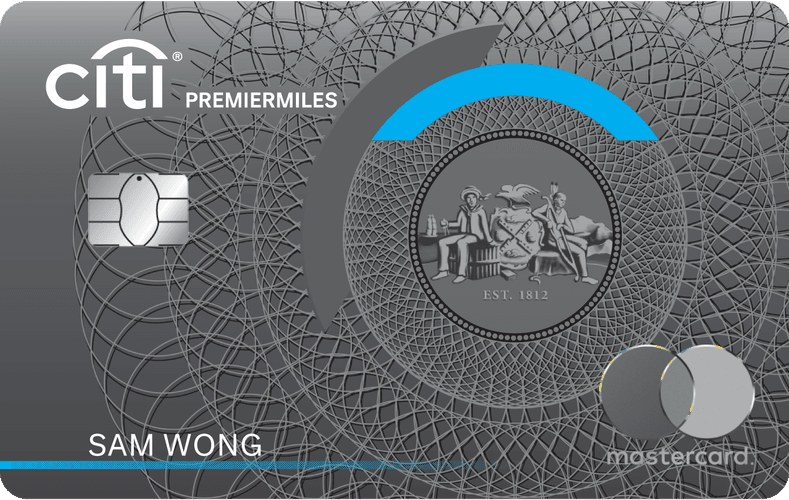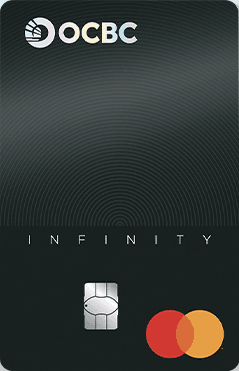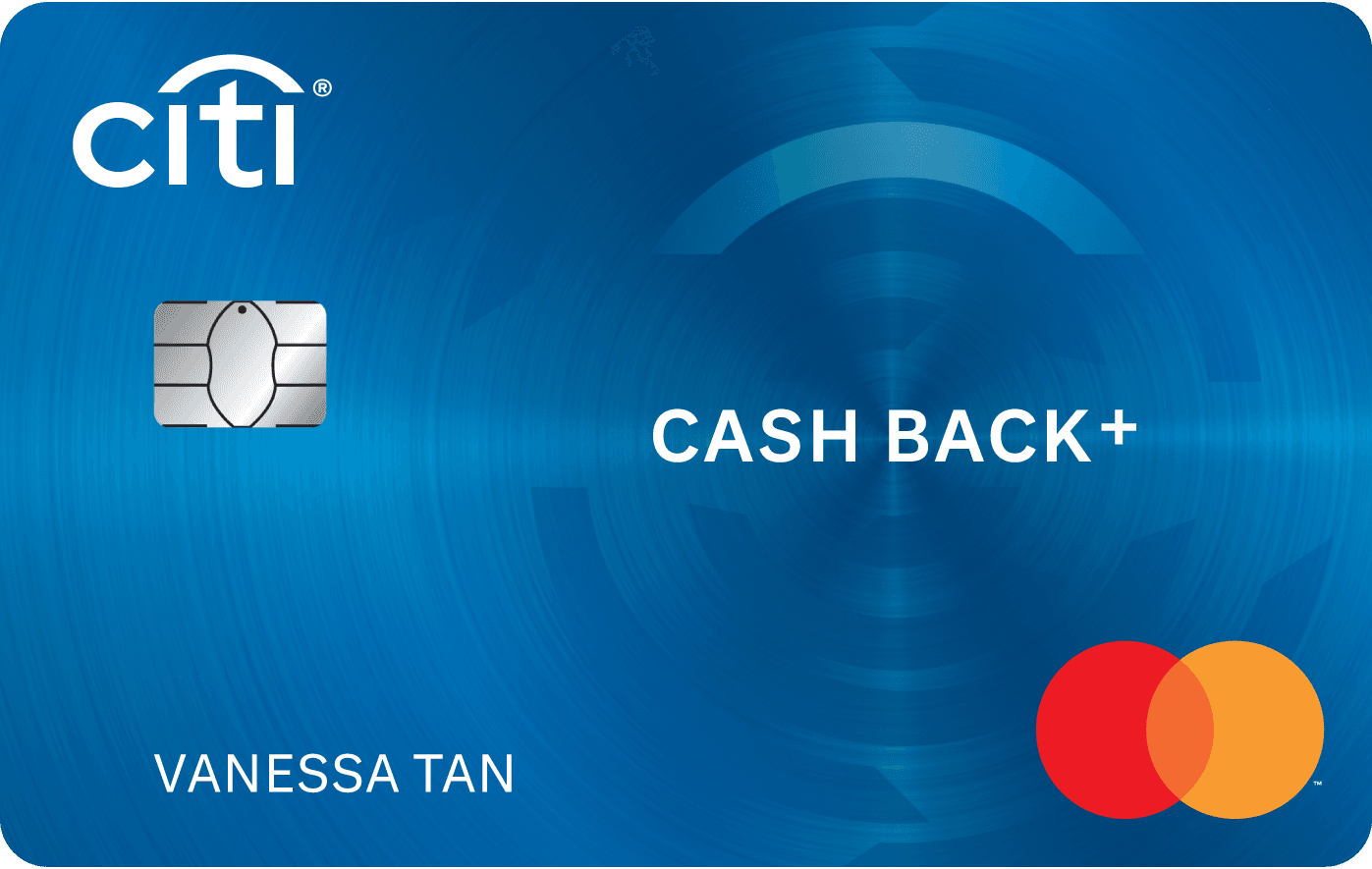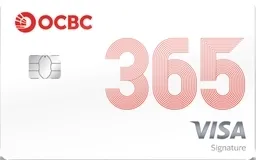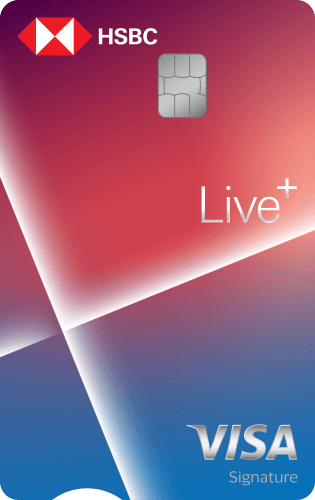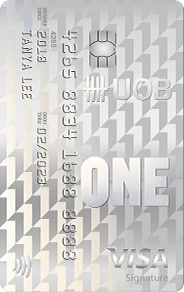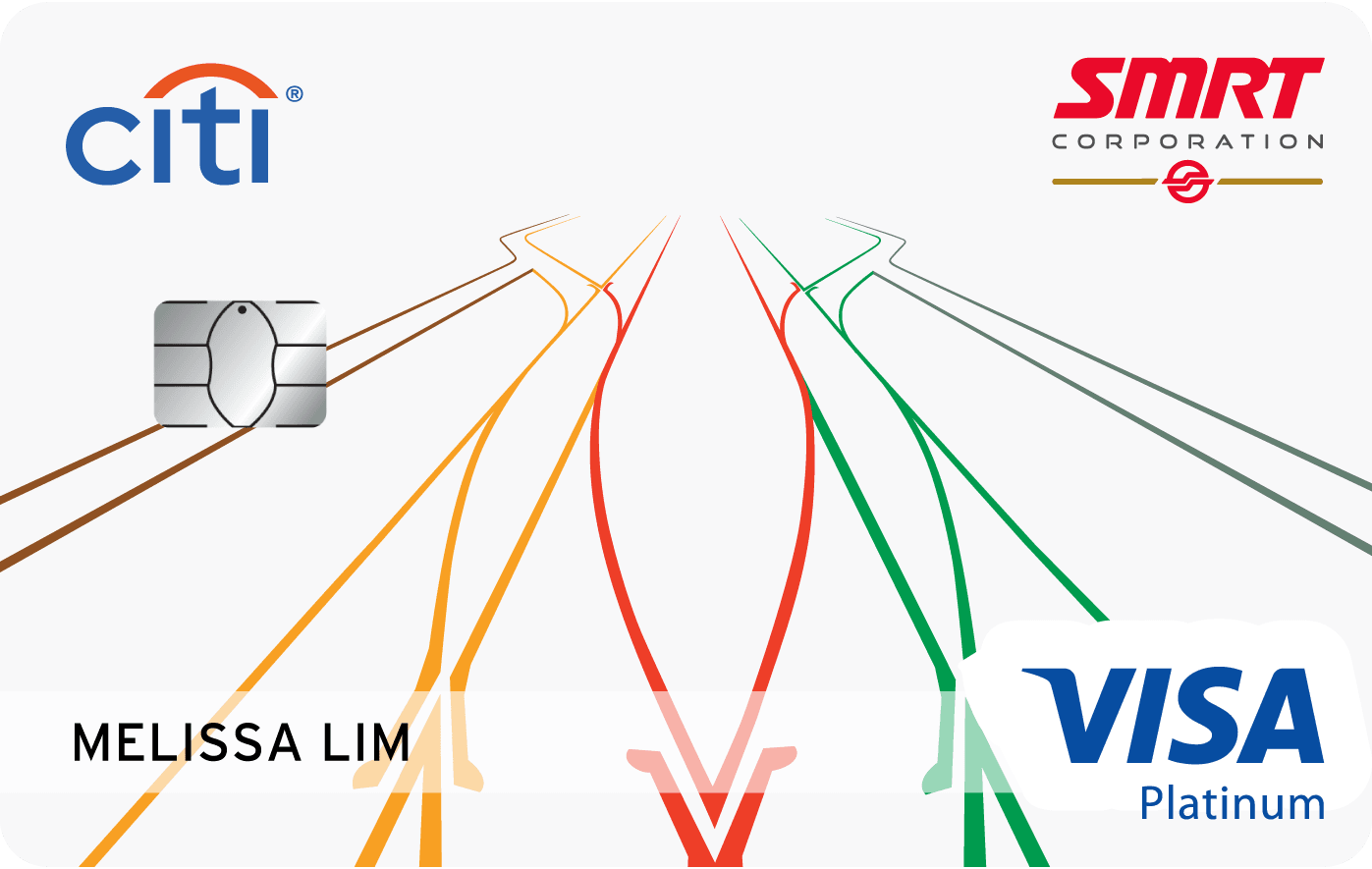Best Credit Card Strategy Singapore 2024: How to Choose the Best Credit Card for You
Updated: 9 Dec 2025
A credit card strategy can be simple, complex or anything in between. Most importantly your credit card strategy must fulfil its purpose – helping you pick the best credit cards.
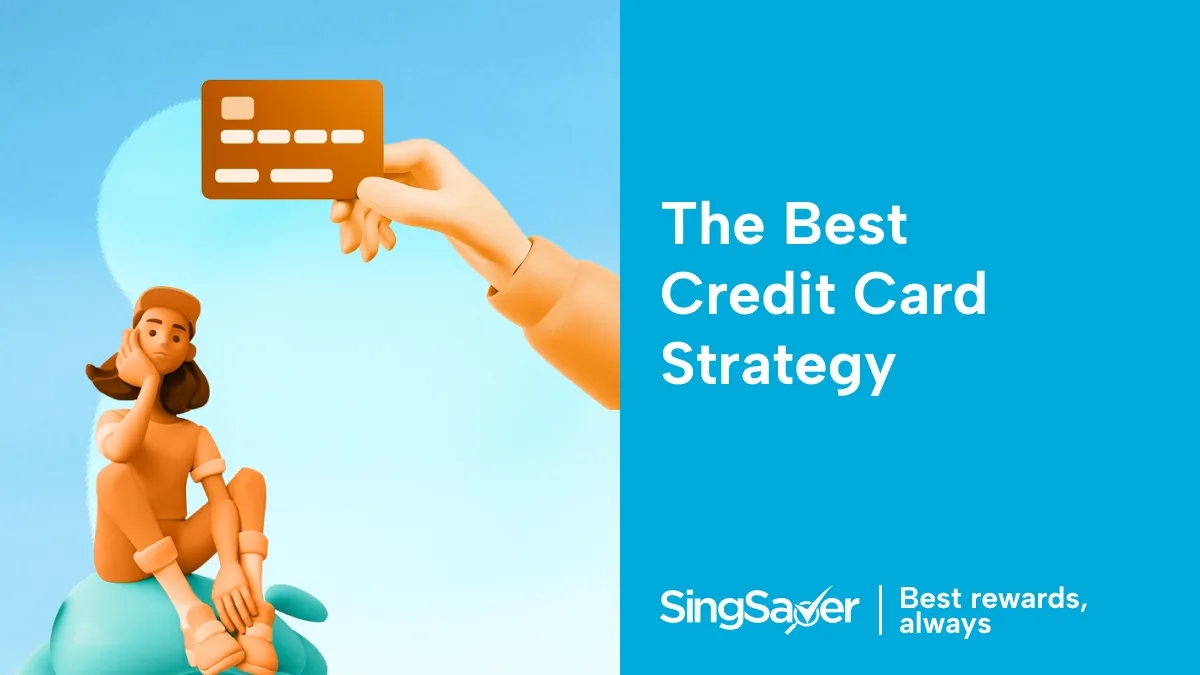
With so many different credit cards out there, picking the best one can be a mind-boggling task. More so with the many enticing welcome rewards being offered everywhere you turn.
Alluring as they are, you shouldn’t choose a credit card solely based on the welcome offers. That’s because welcome bonuses can give you a nice boost at the start, but unlocking the true potential of your credit card requires smart, consistent use.
This means you’ll need to choose your credit cards wisely, and there’s no better way to do so than with a credit card strategy.
✨Get the Apple Upgrade You Deserve✨
Get your dream Apple gadget when you apply for select Citi, HSBC, OCBC, or Standard Chartered credit cards via SingSaver and top up as low as S$240! Valid till 1 January 2026. T&Cs apply.
Best Credit Cards in Singapore
Why you need a credit card strategy
In a nutshell: So you can generate the most value out of your credit cards.
You see, credit card rewards are great, but you only earn them as you use them. No matter how many points your card offers, or how high the cashback, you’ll hardly benefit if you nary use it.
Also, as most credit cards charge an annual fee, that means you should earn sufficient credit card rewards to offset the annual fee, anything below that and you’re actually getting negative value from your credit card. (Yes, you can ask for your annual fee to be waived, but that doesn’t work every time. Different banks also have different policies when it comes to such requests.)
Things only really take off when you’ve cleared the “annual fee barrier”, which is easier to do with some card than others. For instance, several air miles credit cards give you air miles – ranging from 10,000 to 25,000 air miles – when you pay your annual fee. This offsets the cost of being a cardholder, and in many cases, puts you in positive value territory.
This is just an example of the myriad factors you have to consider when working out how to wring maximum value out of your credit card. Some other factors include cashback caps, conversion fees, bonus rewards and the like.
As you can see, credit cards do come with a degree of complexity, and require some planning if you’re serious about unlocking their full potential. That’s where having a credit card strategy comes in.
Constructing your credit card strategy
You can put together your credit card strategy by asking yourself a few key questions.
What type of rewards do you want?
Credit card rewards come in three types, cashback, air miles and reward points. Each of these benefit you in different ways:
- Cashback basically gives you an instant discount on your transactions. These savings stack up as you spend, such that you’ll save a certain amount each month. Thus, cashback cards help you to save money on your usual expenses.
- Air miles are used primarily to redeem flight tickets and pay for flight upgrades. You can also use air miles to offset the cost of your ticket, so you pay less cash. There are also partner programs that allow you to bank in your air miles for hotel rooms and other travel-related services. These usually have a very poor exchange rate, so your air miles are better used for flights and air travel expenses.
- Reward points are simply points that you earn when you spend on your credit card. Some transactions or merchants reward you with bonus points, so you can earn much more points on your spends. Reward points are the most versatile, as you can trade them in for other perks, such as vouchers or statement offsets. Many air miles credit cards give you reward points, which you can later redeem for air miles.
Essentially, when choosing your credit card strategy, the main question to ask is how do you want to enjoy the value from your credit cards? Do you want to save as you spend, so you end up sending less by the end of the month or the year? Or do you want to accumulate points or air miles which you can use to redeem stuff or offset their costs, saving money that way instead?
The answer will help you choose between cashback, air miles or rewards credit cards.
How much do you usually spend in a month?
There is a fair number of credit cards that have a minimum monthly spend you have to meet in order to qualify for your rewards. This can range from a several hundred dollars a month to a few thousand dollars.
If you do not usually spend that much, or your spending fluctuates such that you’re spending less than the minimum on some months, or you simply don’t like the idea of having yet another target to meet each month, then such cards are likely not suitable for you.
But fret not. There is a rich array of credit cards you can choose from that do not require a minimum monthly spend. This means you’ll earn rewards from the very first dollar you charge to the card, and you’ll earn more rewards on months you spend more, and less rewards when you spend less.
Examples of credit cards with no minimum monthly spend include:
- Unlimited cashback credit cards
- Air miles credit cards
- Selected rewards credit cards
What do you usually spend on?
Some credit cards offer higher rewards on specific types of transactions. Others give you rewards on all transactions, albeit at a lower rate.
Therefore, another key tenet of your credit card strategy revolves around what you do you usually spend on.
For example, the OCBC 365 Card gives you 5% cashback on dining and food delivery; 3% on groceries, land transport, utilities, streaming, EV charging and Watsons purchases. Maximum cashback per month is capped at S$80 with minimum spend of S$800, or S$160, if you spend at least S$1,600 monthly.
If you do spend at least S$800 each month across these spending categories, then there’s a good chance that you’ll be able to enjoy optimal value from this card.
But if keeping track of all that bores you rather than excites you, you may feel more comfortable with a less restrictive card. For example, the UOB Absolute Cashback Card gives you 1.7% cashback on all transactions, with no cap, and no minimum spend.
This means you can earn cashback across a wider variety of transactions, and not just specific types of transactions. The drawback is your cashback rate is much smaller, which means less savings overall.
It’s a similar story with rewards points credit cards. For rewards points, you typically get 1 point per dollar spent, but up to 10 points per dollar on bonus categories. These could be online shopping, fashion, food delivery, etc, depending on the credit card you choose. Thus, if you happen to spend a lot on said bonus categories, you’ll be able to crank out much more rewards points than someone who does not.
As for air miles credit cards, things work a little differently. You typically get around 1 to 2 miles per dollar for regular transactions. However, at selected merchants or travel-related transactions, you can get bonus air miles up to 10 miles per dollar. Thus, air miles credit cards allow more flexibility when using your card. You’ll earn air miles as you spend, and more air miles when you spend on travel.
What’s the mile-per-dollar (mpd) rate?
Earlier we explained that air miles credit cards give you rewards points in your account, and once you have sufficient points you can convert them for air miles. This applies to all air miles cards except co-branded ones like the American Express Singapore Airlines KrisFlyer Card, which directly deposits KrisFlyer miles into your KrisFlyer account when you make qualifying transactions.
Now, the thing to understand is there is a universal conversion rate between reward points and air miles: 1 reward point = 0.4 air miles, and 10 reward points = 4 air miles.
As some rewards credit cards offer 10x points for bonus categories, this effectively means such transactions give you 4 miles per dollar (mpd) That’s much higher than air miles cards, which give you between 1 to 2 mpd, so does this mean reward cards are actually the best cards for travellers?
Well, it depends. Often, rewards cards cap the number of bonus points you can get per month, which means they are only superior up to a certain point. Meanwhile, air miles cards do not have a monthly cap, which means more consistent rewards.
To illustrate the difference consider the following pair of credit cards:
|
Citi Rewards Card (bonus rate) |
UOB PRVI Miles (regular rate) |
UOB PRVI Miles (bonus rate, Agoda) |
|
|
Mpd rate |
4 mpd Bonus capped at 10,000 points per month (i.e., S$1,000) Anything more than S$1,000 earns 1 point per dollar, or 0.4 mpd. |
1.4 mpd No cap on air miles |
6 mpd No cap on bonus miles |
|
Miles earned when you spend S$1,000 |
(4 x 1,000) + (0.4 x 0) = 4,000 |
(1.4 x 1,000) = 1,400 |
(6x 1,000) = 6,000 |
|
Miles earned when you spend S$2,000 |
(4 x 1,000) + (0.4 x 1,000) = 4,400 |
(1.4 x 2,000) = 2,800 |
(6 x 2,000) = 12,000 |
|
Miles earned when you spend S$3,000 |
(4 x 1,000) + (0.4 x 2,000) = 4,800 |
(1.4 x 3,000) = 4,200 |
(6 x 3,000) = 18,000 |
|
Miles earned when you spend S$4,000 |
(4 x 1,000) + (0.4 x 3,000) = 5,200 |
(1.4 x 4,000) = 5,600 |
(6 x 4,000) = 24,000 |
As you can see, rewards cards with 4 mpd and S$1,000 monthly cap on bonus points tend to fall off the larger the spending amount becomes. Meanwhile, air miles cards offer steady rewards points that increase the more you spend.
Besides, we haven’t really been fair to air miles cards in this comparison. If we compare using the bonus rate of 6 mpd, which you can get for hotels and flights on Expedia or Agoda, you can see the UOB PRVI Miles Card completely blowing the Citi Rewards Card away.
The moral of the story? Rewards credit cards with 10x points (4 mpd) aren’t automatically superior. It really depends on how much you are spending, and where you are using your card.
The best credit card strategy is one that works best for you
So in conclusion, there is no such thing as an objectively best credit card strategy, only the credit card strategy that works best for you.
It all boils down to budget, preferences and goals, which are unique to each person, and changes with time. For example, you may be rabidly focused on travel during your youth, but find that you really care more about affordable groceries after settling down and having your first child.
The bottomline is, there is no hard and fast rule when it comes to choosing the best credit cards, because it really depends on your needs. Credit cards are meant to make our lives a little easier and more enjoyable, so your credit card strategy shouldn’t be stressing you out.
Just go with what feels right for you – even if that means using one credit card for everything.

